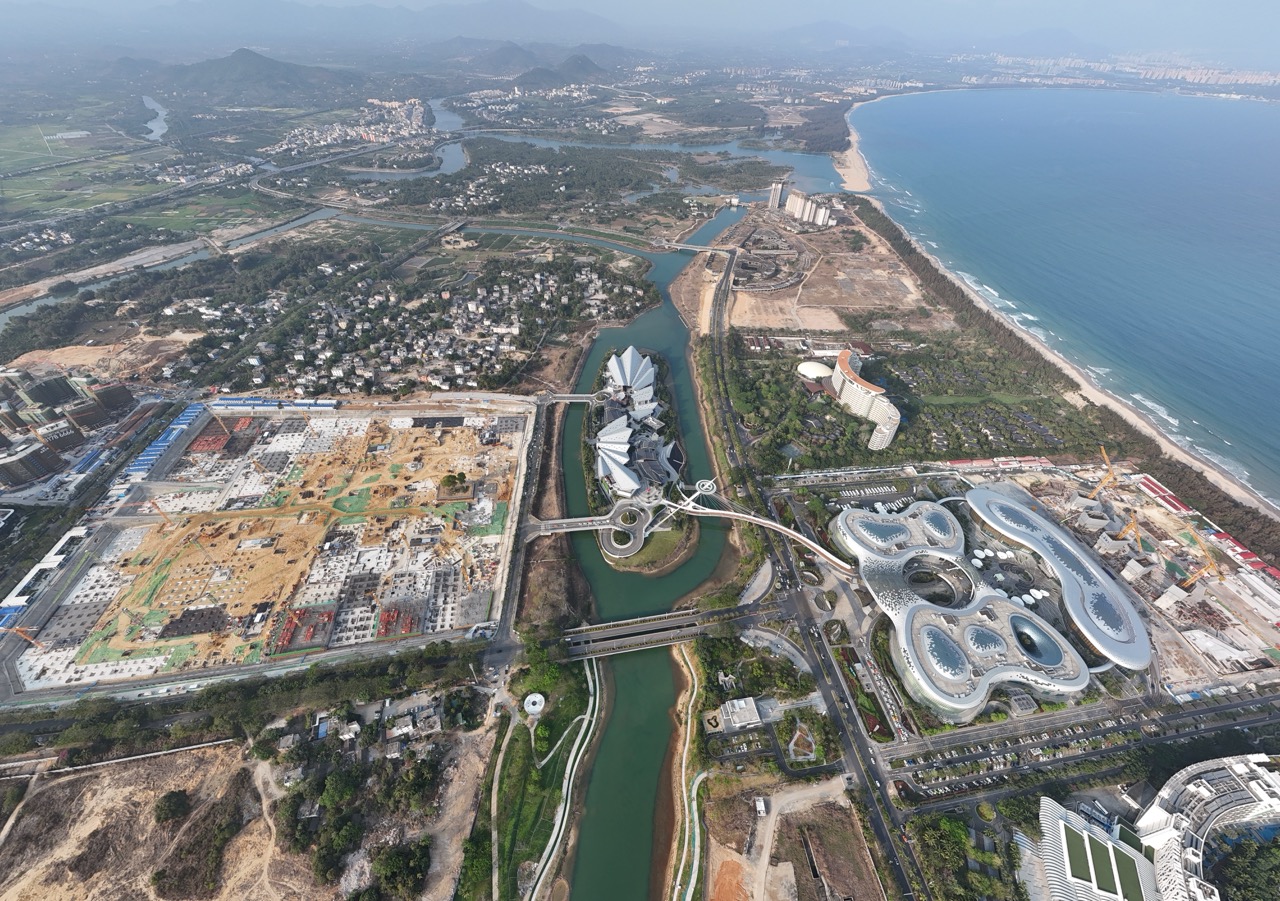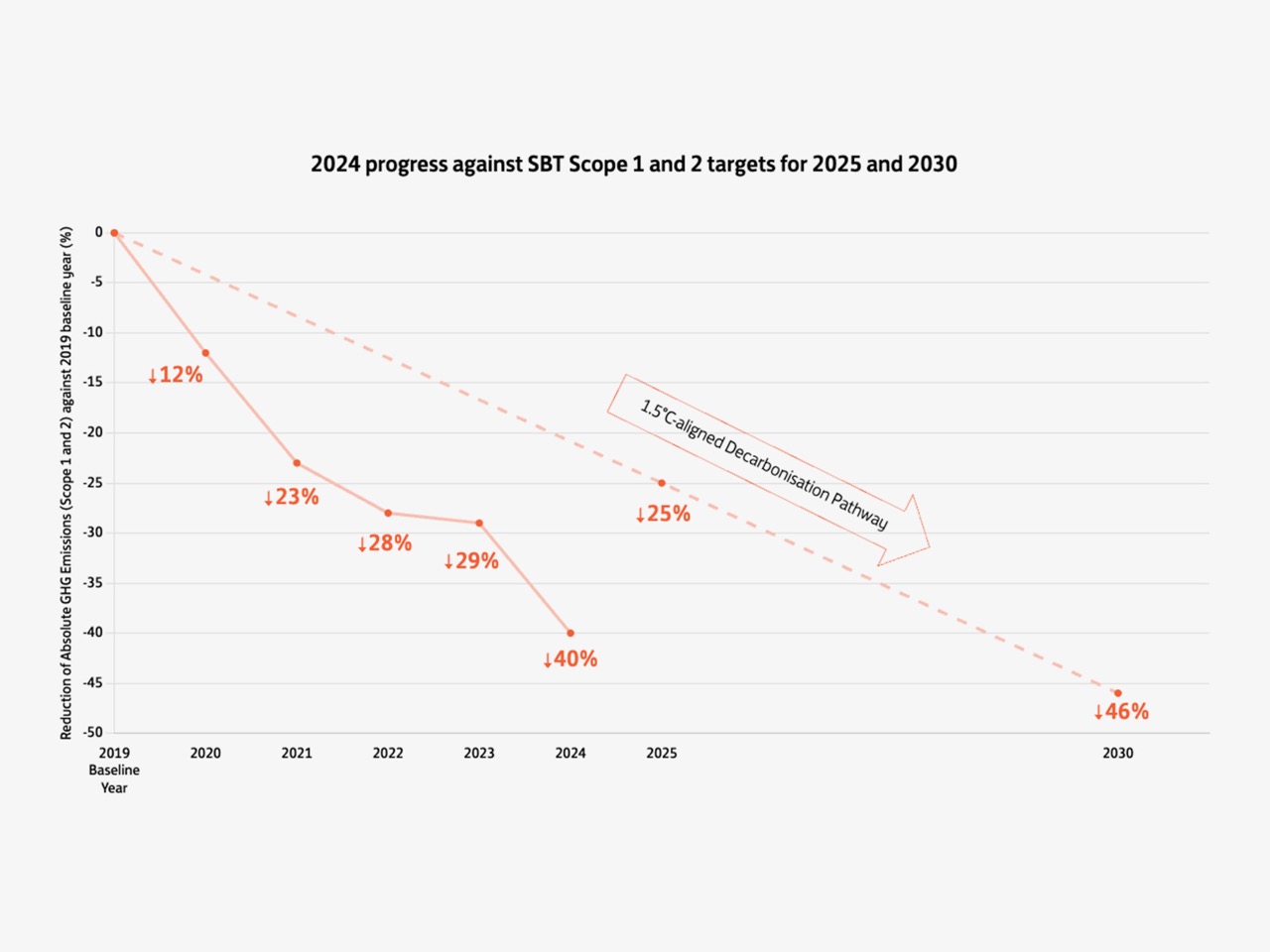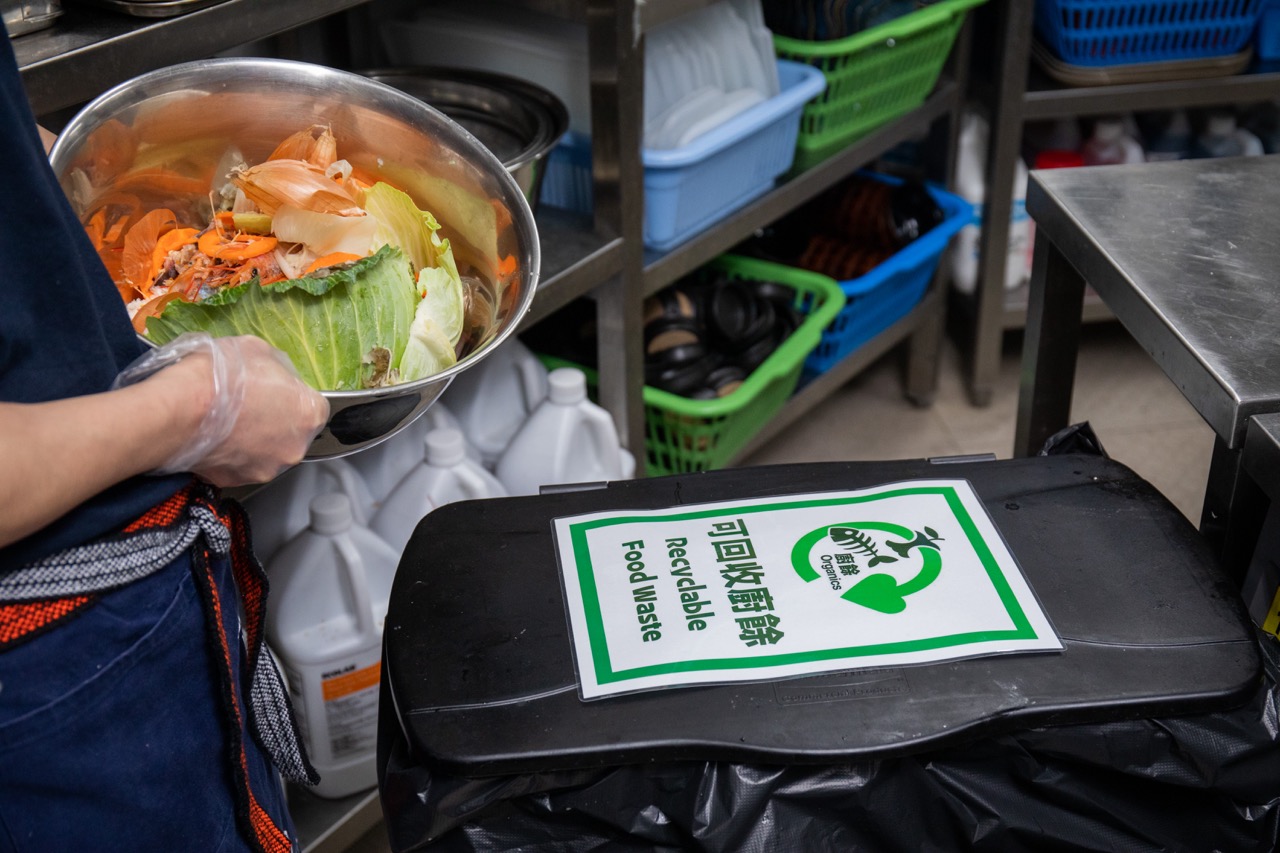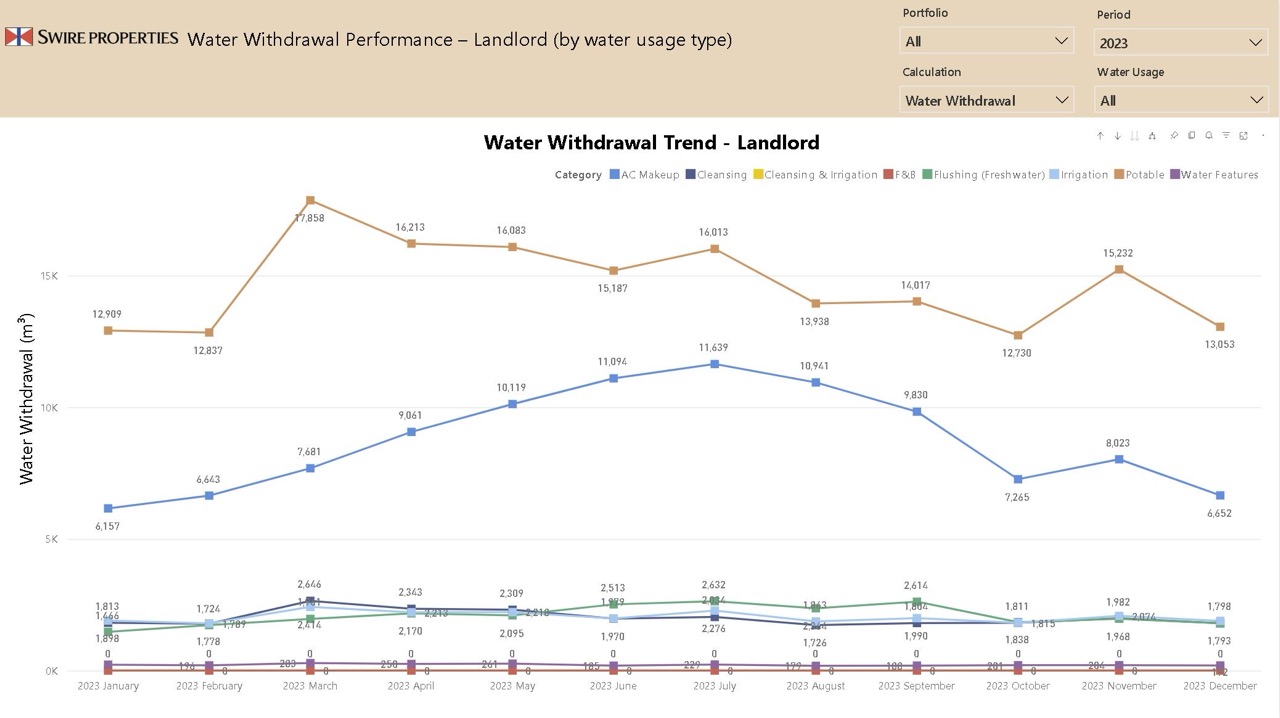Increasing Climate Resilience in New Projects
Swire Properties has significant investment plans for new projects in the Chinese Mainland and Hong Kong. It is therefore of the utmost importance to expand our climate risk assessment work to cover new project sites. This will allow us to critically evaluate the potential climate exposure of these developments and take early strategic action to incorporate climate resilience into the projects’ design and planning stages.
Responding to increased climate-related physical risks from flooding and other extreme weather events, we conducted two pre-assessments of our projects in Xi’an and Sanya, Hainan Island to ensure that climate adaptation and resilience are designed into these developments. We performed deep-dive climate risk hazard modelling associated with the multiple Shared Socio-economic Pathways (SSPs) scenarios (SSP1-1.9, SSP1-2.6, SSP2-4.5, SSP3-7.0, and SSP5-8.5) as recommended by the Intergovernmental Panel on Climate Change’s (“IPCC”) Sixth Assessment Report, also known as “AR6”. We also considered more extreme Low Confidence high-emissions scenario wherever the risk is material to the properties. These scenarios range from the immediate term to the distant future covering the building’s lifespan, namely 2030, 2050, 2080 and 2100. We then integrated resilience design into these projects based on projected climate variables and multiple hazards, including extreme heat, extreme precipitation, sea level rises, storm surge, flood depth and extreme wind speeds.
We utilised various types of hazard models included urban drainage modelling (InfoWorks ICM), riverine modelling (HEC-RAS), coastal hydrodynamic modelling and intensified typhoon assessments to understand the urban waterlogging, riverine flooding and storm surge impacts to our properties. Our climate resilience design approach is intended to be flexible and adaptive enough so that the designs can be changed or upgraded according to fluctuating climate conditions or impacts that differ from projections.
As an example, design solutions for two of the major variables include:
Heat stress:
- Incorporating passive design strategies.
- Designing air-conditioning systems based on projected outdoor design temperatures under various climate scenarios.
- Selecting construction materials that cater to extreme heat and cold.
Flooding:
- Determining design flood elevation based on projected flood depths.
- Incorporating sponge city strategies, nature-based solutions and designing blue-green infrastructure and water detention facilities such as appropriate landscaping, rain gardens, rainwater tanks and sump pump systems.
With the support of our climate resilience consultant, our work to enhance climate resilience in these projects continued in 2024.
Taikoo Li Xi’an
Taikoo Li Xi’an
Conducted detailed calculations and a design review for the sunken garden, one timber structure roof and one concrete roof to determine the required height of the roof slope and number of overflows needed due to prepare for extreme rainfall for the project site.
Taikoo Li Sanya35
Taikoo Li Sanya35
Identified flooding resilience measures on the slope of the road, building elevation, rain garden, flood gate for the underground entrance, sunken gardens, and the capacity of the rainwater pump and water park.
SEE MORE IN





